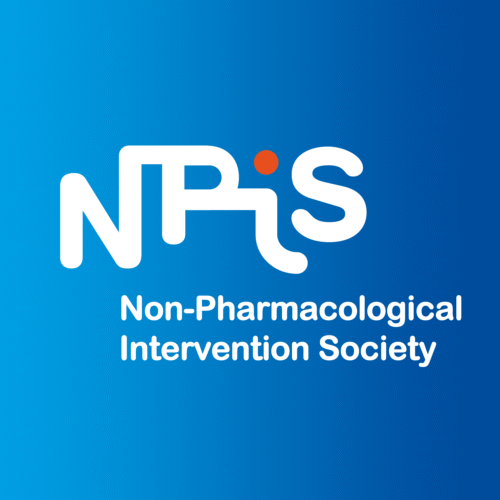A scoping review and expert consensus on barriers, enablers, and research gaps to healthy aging – Position of the Multidisciplinary International Positive Ageing Group (MIPAG)
Background
Progress in medicine and public health has significantly increased life expectancy in almost every country. It remains one of the most significant advances for individuals and society [1–3]. However, extending healthy life expectancy remains one of the critical societal and economic challenges of this century. By 2050, it is estimated that the number of people aged 60 and older will have tripled, and individuals over 80 will have reached 426 million worldwide [4,5]. Aging is a multidimensional process, and thus, a multisectoral public challenge with economic, social, and health effects that impact human welfare and social care systems [1, 2, 6]. Consequently, healthcare and scientific research have progressively shifted from viewing older age solely as a period of functional decline and disease to one during which older adults can maintain their functional ability, well-being, and societal contributions [7].
Objectives
This work group had three aims; (1) to identify the current barriers and enablers to managing healthy aging at a societal and individual level; (2) to discuss the role and impact of healthcare professionals from various disciplines and healthcare organizations in supporting individuals to maintain and improve their intrinsic capacity; and (3) to outline a research agenda addressing unsolved questions in positive aging.
Methods
A multidisciplinary panel of experts from five European countries was formed, comprising individuals with extensive experience and expertise in relevant fields such as geriatrics and nutrition, integrative medicine and neurology, physical medicine and rehabilitation, psychiatry, and preventive medicine. A scoping review based on a PubMed database search included clinical trials, meta-analyses, randomized controlled trials, reviews, and systematic reviews focused on barriers, enablers, limitations, gaps, improvements, or facilitators of healthy aging, published between January 1, 2022, and April 3, 2024. A one-day face-to-face meeting was organized in Paris in 2024, where the group presented synthesis tables and worked on identifying and clustering the most commonly found and impactful barriers and enablers of healthy aging. The experts reached a consensus on the most relevant barriers and enablers, the role of each discipline in supporting healthy aging, and a research agenda to be prioritized.
Results
The experts listed 70 barriers and 64 enablers. The identified barriers and enablers were categorized into two levels (societal and individual) and grouped by theme. The societal barriers were clustered into six themes (global society, health care system, and workforce, healthcare professionals practice, social inequality, ageism, and education), and the individual barriers into five themes (digital environment, social and urban environment, cultural environment, medical issue, and intrinsic capacities and isolation). In comparison, the enablers were clustered into five societal themes (global society, healthcare practices, E-health and AI, healthcare system, and diet) and six individual themes (physical and urban environment, cultural environment, general health, physical agility, cognitive agility, and emotions). Depending on personal and environmental circumstances, some factors were found to act as either a barrier or an enabler or to have overlapping roles. The MIPAG panel utilizes the WHO’s ICOPE framework, an integrated framework for screening and managing intrinsic capacity decline, and key domains of inherent capacity, including locomotor, psychological, cognitive, hearing, visual capacities, and vitality, as the basis for discussing the role of various disciplines in managing positive aging. The recommended interventions for positive aging were categorized into five key domains within the ICOPE framework, encompassing intrinsic capacity, and applied to both frail and robust individuals. Twenty-six recommendations have been proposed. Finally, the panel members reached a consensus on a research agenda to address data gaps and healthcare changes that were required shortly. The priorities listed on the research agenda are: 1. To develop and validate AI and digital tools that support and drive healthy aging, making it accessible to older people; 2. To develop and validate techniques for communicating with the elderly. To organize and implement a prevention strategy that integrates the multiple dimensions of healthy aging, focusing on the early detection of frailty (e.g., biomarkers); Develop a guide for healthy aging that is accessible and adapted to local communities. The strategies were ranked according to a vote by the panel of experts.
Conclusions
Combining a scoping literature review and their experience, the panel identified societal and individual barriers and enablers to healthy aging. In conclusion, the panel discussed and listed the unanswered questions in managing healthy aging based on the World Health Organization’s (WHO) Integrated Care for Older People (ICOPE) recommendations and outlined a research agenda to promote a positive mindset and dialogue toward aging that starts earlier in life, with a preventive, holistic, interdisciplinary, and positive approach.



